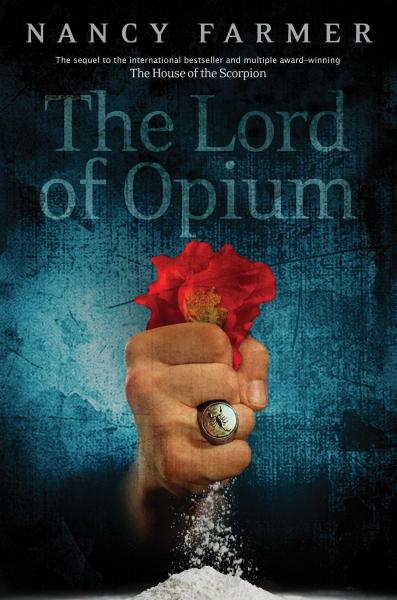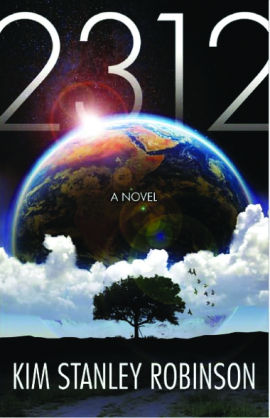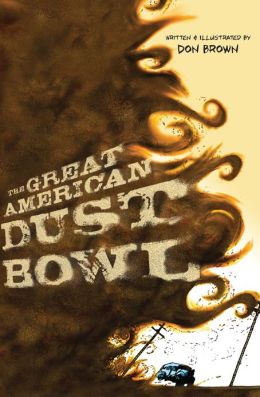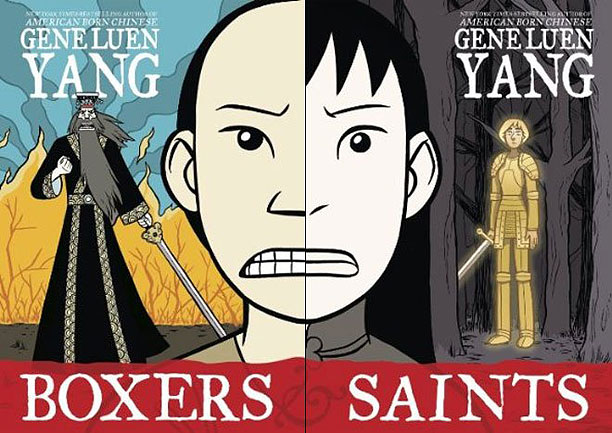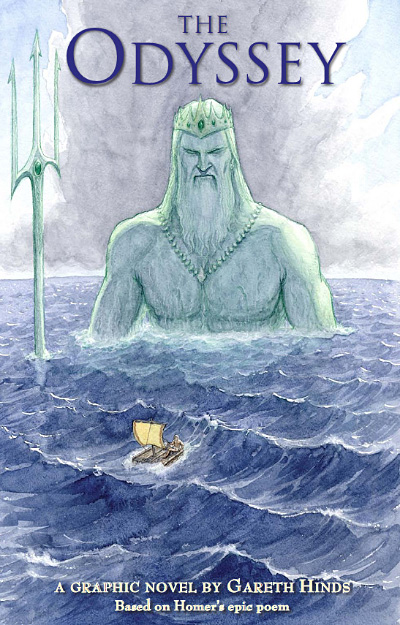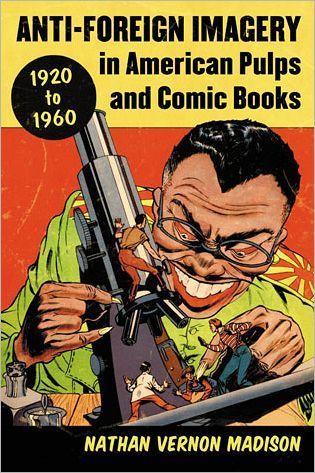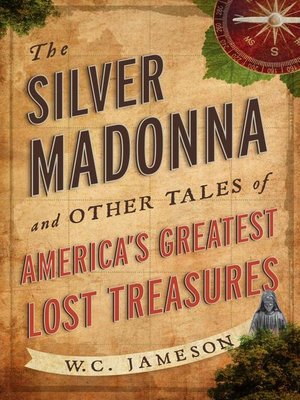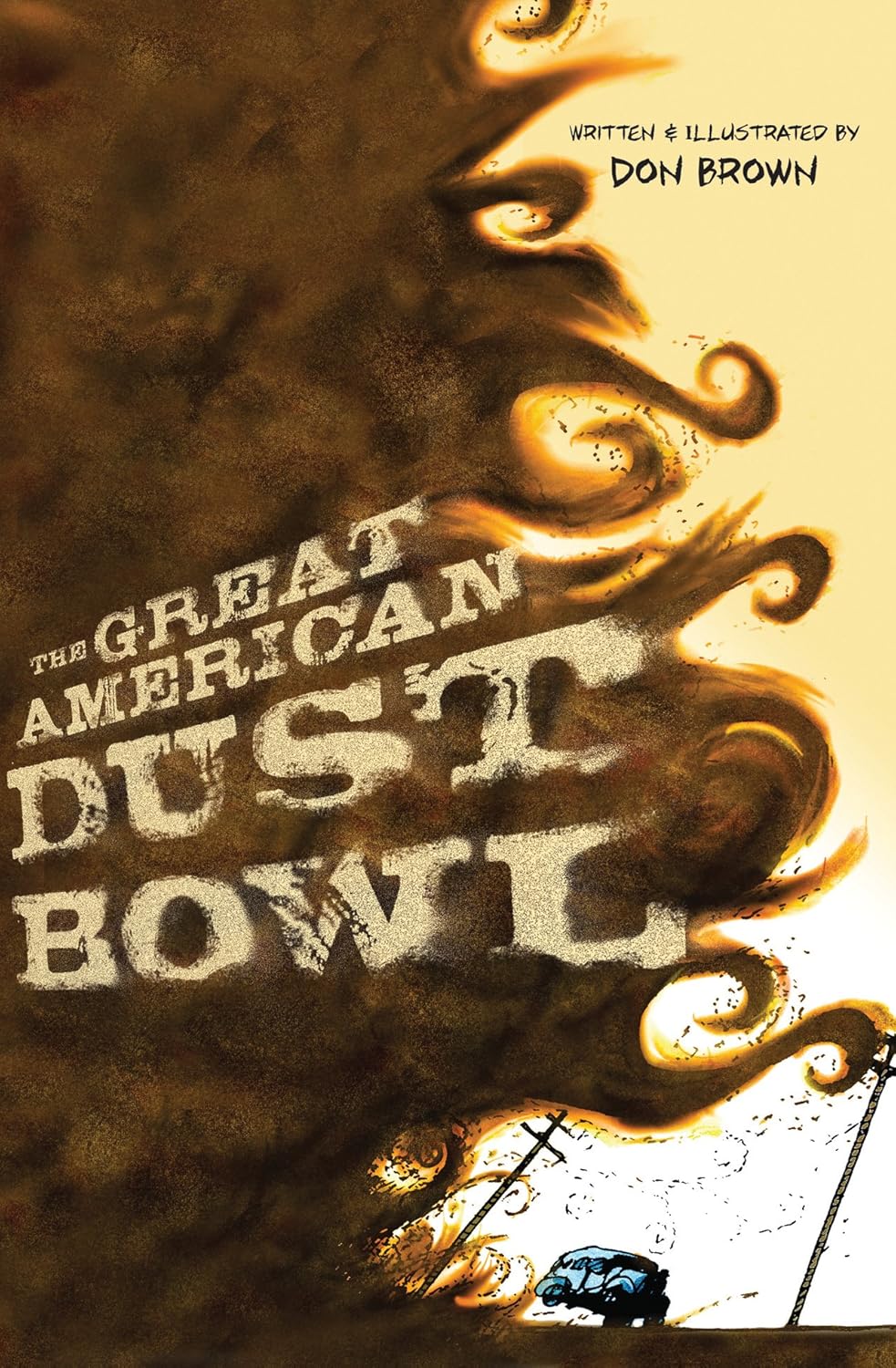I know your proposals are looming large, so I wanted to take a moment and provide you with some tips for doing well on this first phase of the JRP. Please continue to ask questions of the Faculty Advisers to help focus your ideas in the next few days.
Your proposal will be evaluated using three sections of the rubric. You should be familiar with what is required so that you make sure to hit all the important points. Here are some key items from the rubric for Phase One:
- Extends a novel or unique idea or question
- Specific position is imaginative and takes into account the complexities of the issue or topic
- Defines terms accurately and comprehensively when needed.
- Language enhances the effectiveness of the presentation
- Engages readers' interest and maintains reader comprehension by simplifying or clarifying message
There are other important points listed on the rubric, so you should make sure to take a look and the full text. Remember that the rubric is designed to be used to evaluate the final draft as well, and some items listed may not fully apply to this phase. For example, we know that you have not gathered your sources yet, so when you see on the rubric that your writing should "Incorporate evidence seamlessly", please understand that for this phase of the research, we know that any 'evidence' you incorporate is simply part of your preliminary, background research. We are not looking for formal citations yet.
Tip Two: Brainstorm!
Before writing your proposal, brainstorm a list of questions you have related to your topic. Write down anything and everything you want to know about whatever it is you intend to research. The more you have, the better. It is much, much easier to go down from a list of fifteen than to struggle to come up with a final question at the last minute.
Tip Three: Consider your Questions
Once you have written down ALL of your ideas, look for connections between them. Could you categorize your questions? If so, are there several in one category, and only one or two in another? This may help you decide which direction to take. If one category is very underdeveloped, you may want to take some more time to develop it, or you may want to abandon it to pursue a different line of thinking.
Are some of your questions redundant? Try not to ask the same thing many times.
Do your questions show some understanding of the topic? Make sure it is clear to us that you know what you're talking about. We don't mean that you need to be an expert, but you should have looked up at least the most basic background information on any places, people, events, movements, etc. that you want to research.
Are your questions open-ended? Make sure not to include any yes-or-no questions in your proposal. How and Why questions are best.
Tip Four: Mimic the Model Proposal
There is a great model proposal on the LibGuide. Read it! Re-read it. Mimic it as you write yours. There is nothing wrong with modeling your proposal on the...model. That's why it's called a model.
Tip Five: Get Excited!
This is a great opportunity for you to spend time exploring an area of history, literature, or religion that interests you. Tap into the deepest recesses of your brain and consider what ideas you've mulled over while staring at the ceiling trying to fall asleep. These are the ideas we want to read about in your papers!









